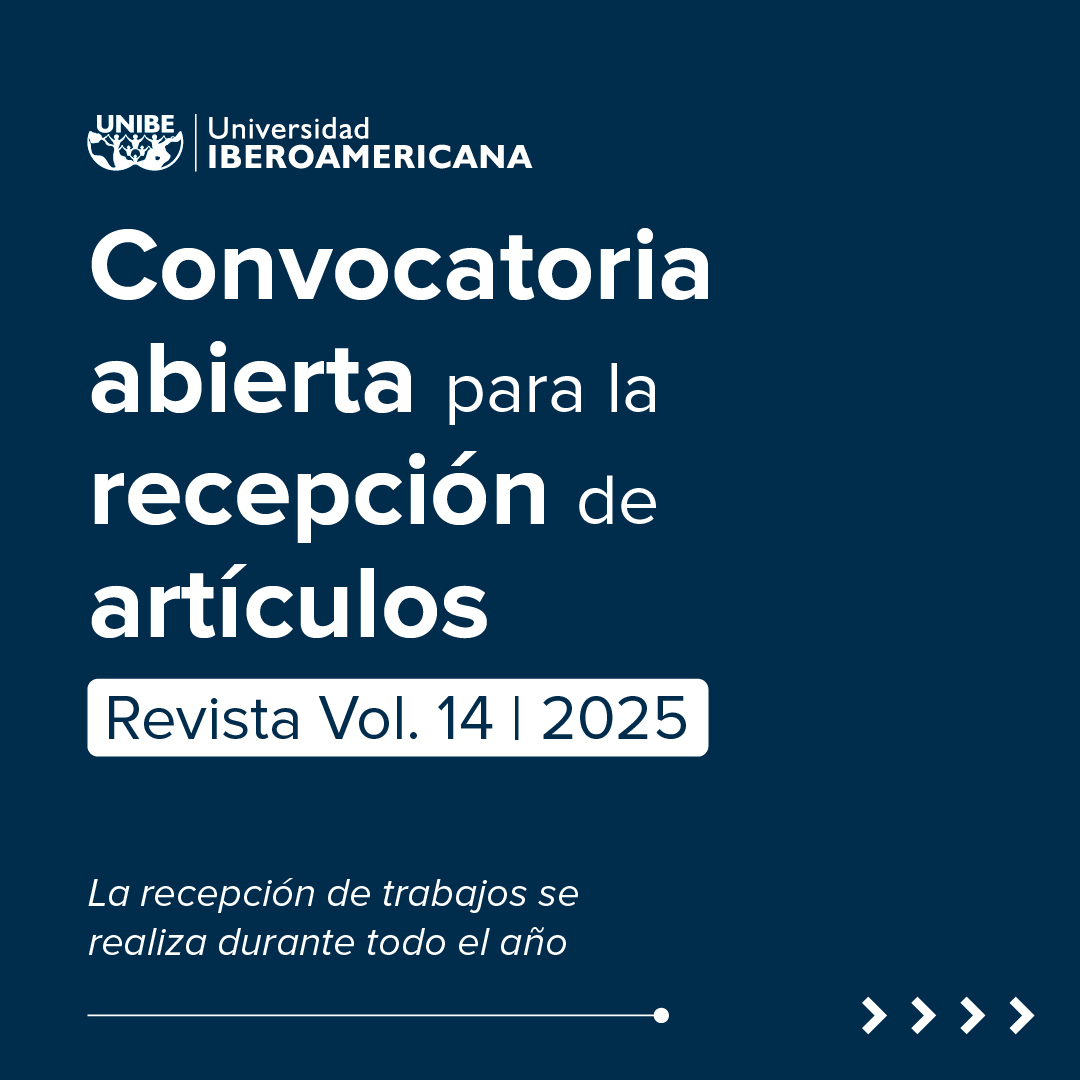Levels of reading comprehension and its relationship with academic performance spanish – guaraní
DOI:
https://doi.org/10.26885/rcei.11.2.106Keywords:
reading comprehension, bilingual education, academic performanceAbstract
The objective of the research was to analyze levels of reading comprehension and their relationship with the academic performance of students in the third grade of Basic School Education, in the context of the implementation of the Spanish-Guaraní Bilingual Education Proposals of the Ministry of Education and Sciences. , in three Institutions of the Yuty district, department, Caazapá in the year 2021. Reading and writing are an essential tool in the teaching and learning process of children, reading and writing are fundamental tasks through which students learn They relate to the world around them, they build meanings with infinite possibilities to expand their knowledge. The type of research was descriptive-correlational, with a mixed approach. To collect the information, the survey, interview and documentary analysis were used. The reliability is verified with the Kuder Richardson KR-20 equation, and the validity of the content by the method based on expert judgment. Data were processed using SPSS version 26 statistical software and ATLAS software. ti version 9. The type of sampling was non-probabilistic for convenience. The population was 240 students. The sample was made up of 82 third grade students and 3 directors. The results show a significant relationship between the development levels of reading comprehension and academic performance in Spanish and Guarani. The key informants indicated that the bilingual education proposal generated positive experiences and important achievements in the children’s learning. It is recommended to strengthen educational spaces such as training for teachers and managers, technical support, and implementation of innovative strategies.
Downloads
References
Anaya, E., Muro, A., & Nuñez, L. (2019). Comprensión Lectora y el Rendimiento Académico en Educación Primaria. https://dialnet.unirioja.es/descarga/articulo/7183785.pdf
Angélica, Á. F. (2011). Motivaciones y barreras a la transformación de un centro educativo en comunidad de aprendizaje. Tendencias pedagógicas, (17), 33-50.
Cazau, P. (2006). Introducción a la Investigación en Ciencias Sociales. www.galeon.com/pcazau
Dirección General de Estadística, Encuestas, y Cencos, DGEEN. (2012). Censo Nacional de Viviendas, 2012. DGEEC.
Duarte, F. C. (2016). Metodologías utilizadas para la enseñanza de la lectura y escritura en niños bilingues del primer grado en tres instituciones del departamento de Caazapá.
Escobar-Pérez, J., & Cuervo-Martínez. A. (2008). Validez de contenido y juicio de expertos: una aproximación a su utilización. Avances en medición, 6, 27-36.
García, G. (2012). Comprensión Lectora en niños de escuelas primarias públicas de Umán. [Tesis de maestría]. Universidad Autónoma de Yucatán.
Georgina, G. (2015). Comprensión lectora en niños de escuelas primarias públicas de Uman. Universidad Autónoma de Yucatán.
Hernández, R., Fernández, C. y Baptista, P. (2010). Metodología de la investigación. McGraw-Hill.
Ministerio de Educación y Cultura. (2012). Test de Competencia Linguística. Manual de Aplicación. MEC.
Morales, O. (2003). Fundamentos de la investigación documental y la monografía. Manual para la elaboración y presentación de la monografía. Mérida, Venezuela: Universidad de Los Andes, 1-14.
Schwartz, H, Jacobs, J. (1984). Sociología Cualitativa: Método para la reconstrucción de la realidad (C. Villegas, Trad.). Trillas.
SNEPE. (2018). Informe Nacional de Resultados. Instituto Nacional de Evaluación Educativa. MEC.















